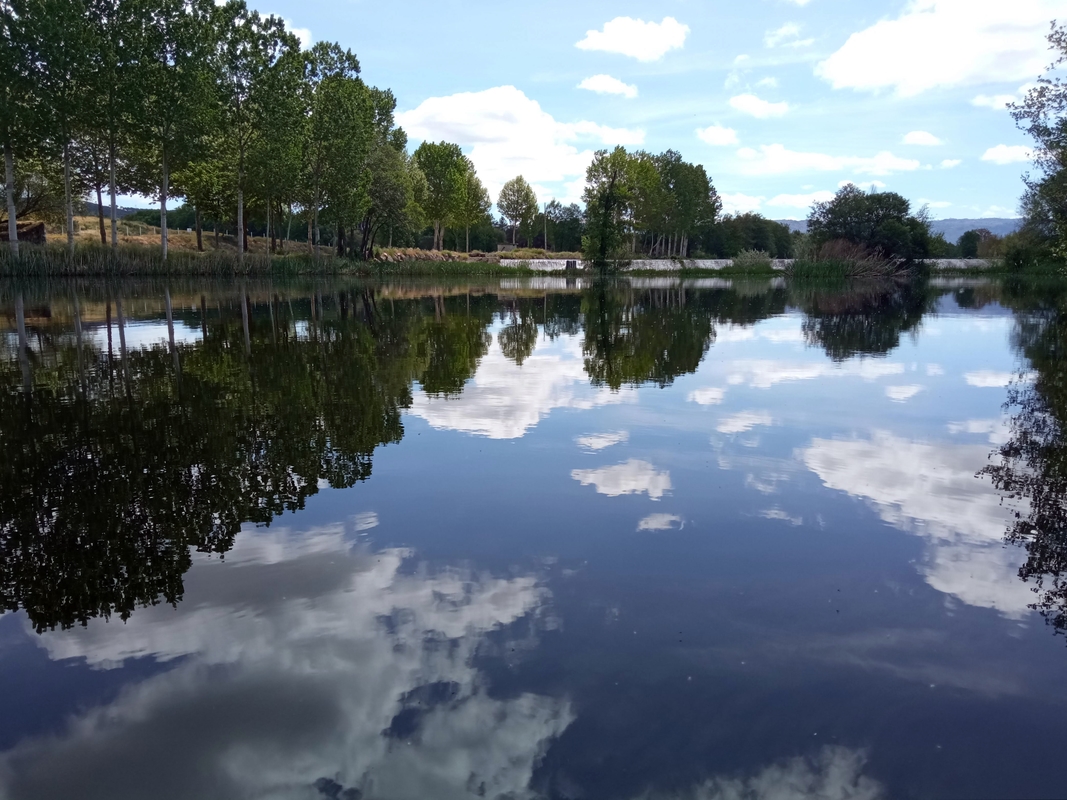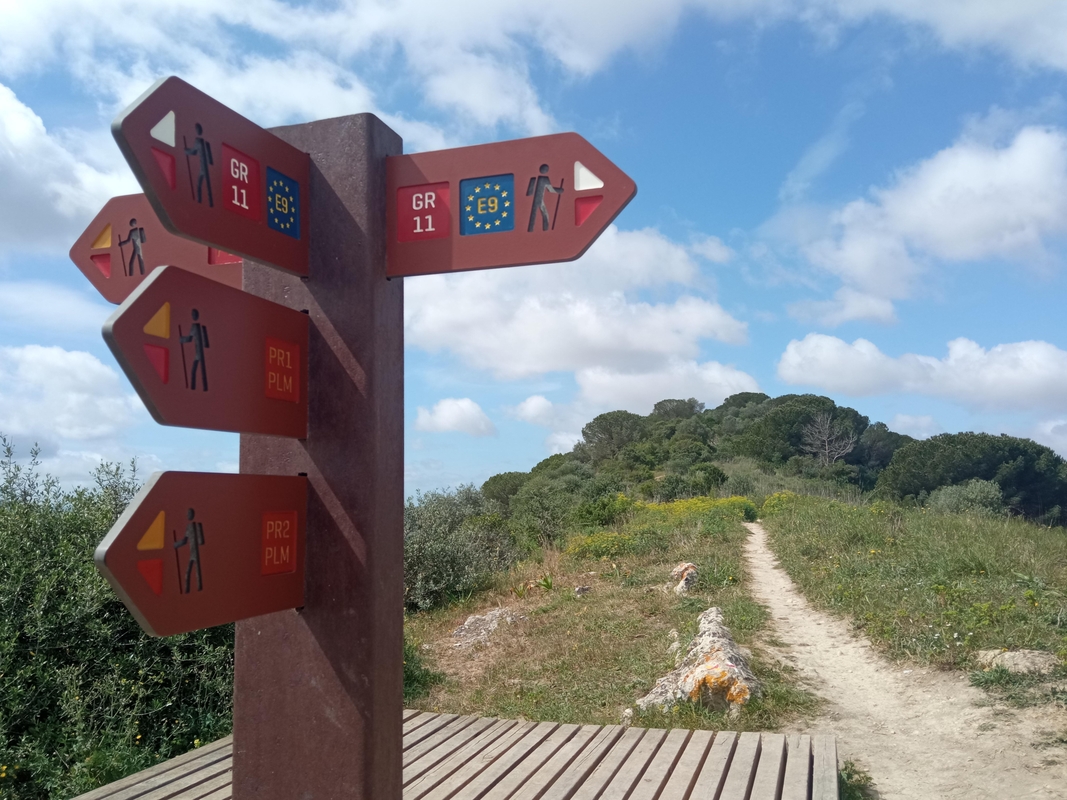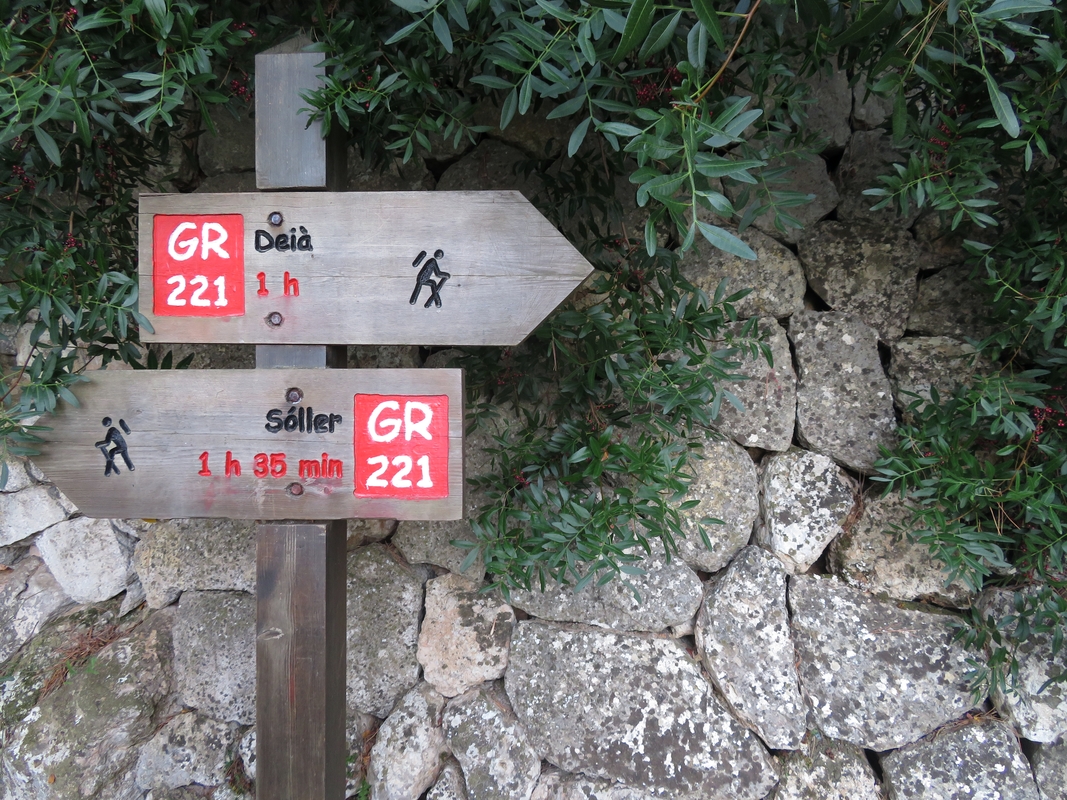Hike from Quinta Nova to Celorico da Beira. Portugal

Microadventures are my favorite way of wandering. Recently we were staying on a farm deep in the countryside of central Portugal. One day we needed to go to the nearest town for some urban chores and meet-ups. We had two choices: either wait till our friends could take us there by car or walk eleven kilometers through orchards and fields. We eagerly opted for the latter. In a short while we found ourselves in front of the river — the cold and fast Mondego. When we were there in winter, the current was so strong that it could easily knock us off our feet and carry us into the Atlantic Ocean. Now, in April the snow had already melted in the mountains of Serra da Estrela, Mondego calmed down and didn't look so intimidating. We ventured to cross it over huge boulders that fortunately turned out to be flat but not slippery. After taking a few steps and dipping our feet in chilly water, we joyfully got to the other side. From there, our hike was just pure bliss in the bucolic landscap





